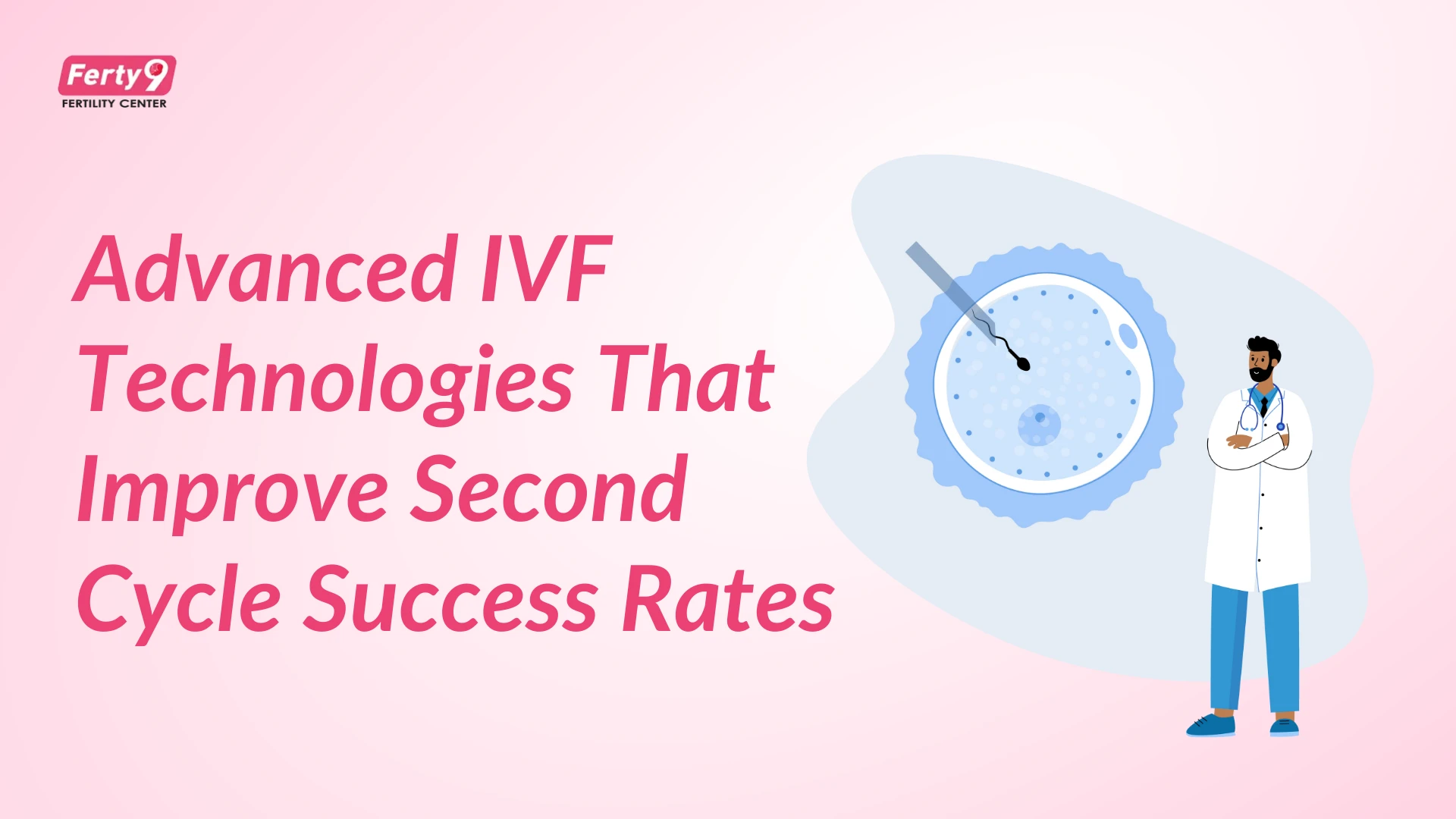A failed In Vitro Fertilization (IVF) cycle can present a significant emotional and physical challenge. However, the clinical data gathered from an initial cycle is invaluable. At Ferty9 Fertility Center, we utilize this information to transition from a standard protocol to a strategic and personalized approach for your subsequent cycle.
The application of advanced reproductive technologies is central to this strategy. By identifying and addressing specific factors that may have contributed to the previous outcome, we can substantially improve the probability of success in a second attempt.
Preimplantation Genetic Testing for Aneuploidy (PGT-A)
PGT-A is a diagnostic procedure performed on embryos created via IVF to screen for aneuploidy, which is the presence of an incorrect number of chromosomes.
Application in a Second Cycle: A primary cause of implantation failure and early pregnancy loss is the transfer of an aneuploid embryo. PGT-A allows for the selection of a chromosomally normal (euploid) embryo for transfer. This process is critical for increasing the likelihood of a sustained pregnancy and reducing the risk of miscarriage, particularly when the cause of a prior IVF failure is suspected to be related to embryo quality.
Endometrial Receptivity Analysis (ERA)
The Endometrial Receptivity Analysis is a molecular diagnostic test that assesses the receptivity of the uterine lining (endometrium). It analyzes the expression of specific genes to determine the precise window of implantation for an individual patient.
Application in a Second Cycle: Implantation failure can occur even with a healthy embryo if the endometrium is not receptive at the time of transfer. The ERA test personalizes the timing of the embryo transfer to align with the patient’s unique window of implantation. This synchronization maximizes the probability of successful embryo attachment and development.
Time-Lapse Embryo Monitoring
Time-lapse monitoring involves culturing embryos in a specialized incubator equipped with high-resolution imaging technology. This system captures images at frequent intervals, generating a continuous observational record of embryonic development.
Application in a Second Cycle: Standard embryology involves removing embryos from the incubator for assessment at fixed time points. Time-lapse technology permits uninterrupted culture in a stable environment. It provides our embryologists with comprehensive morphokinetic data, allowing them to select the embryo with the most optimal developmental patterns and highest implantation potential, which is a significant advancement over static observation.
Intracytoplasmic Sperm Injection (ICSI)
ICSI is an advanced fertilization technique in which a single, viable sperm is selected and injected directly into the cytoplasm of a mature egg.
Application in a Second Cycle: In cases where the previous cycle resulted in poor or failed fertilization, male factor infertility is often a contributing cause. ICSI is a highly effective procedure to overcome barriers to fertilization, such as low sperm count, poor sperm motility, or abnormal sperm morphology. It is the established standard of care for ensuring fertilization in such scenarios.
A Personalized Strategy for Your Treatment at Ferty9
The availability of advanced technology is only one component of a successful treatment plan. The expertise to apply these tools judiciously is paramount. At Ferty9, our specialists conduct a comprehensive review of your medical history and previous cycle data to formulate a tailored strategy. We are committed to an evidence-based approach, ensuring that the selected technologies are appropriate for your specific clinical needs to optimize the outcome of your fertility treatment.
























